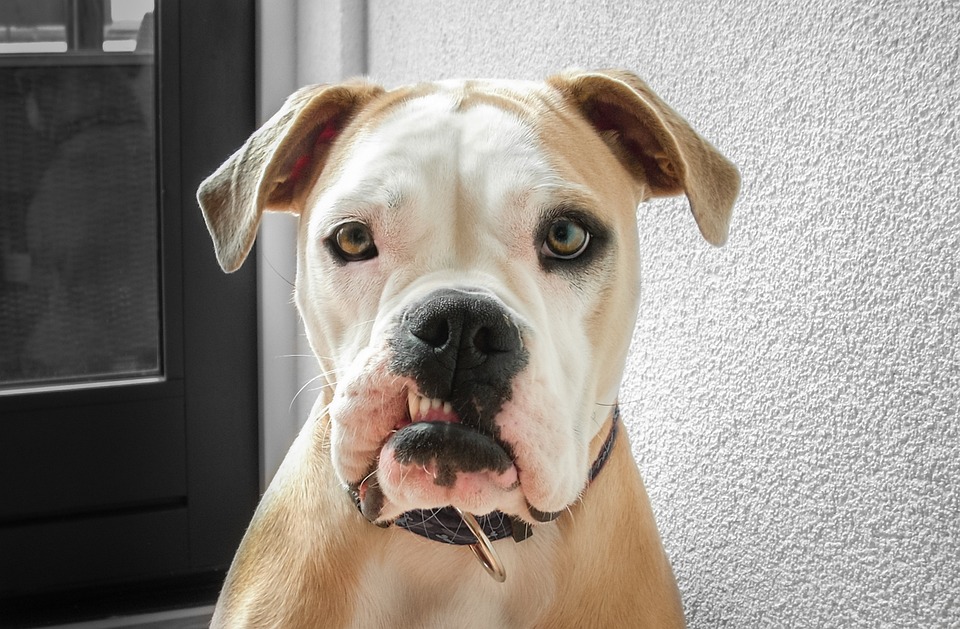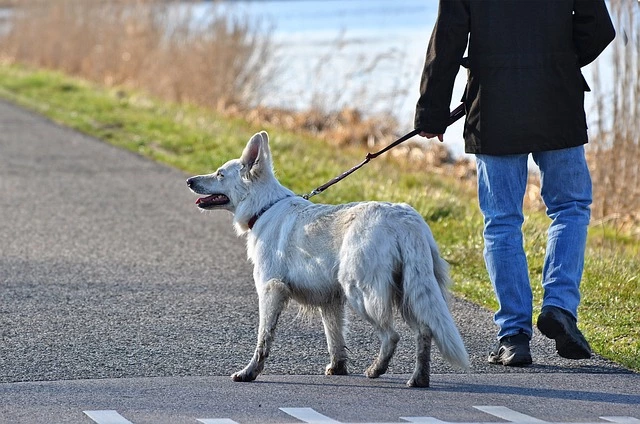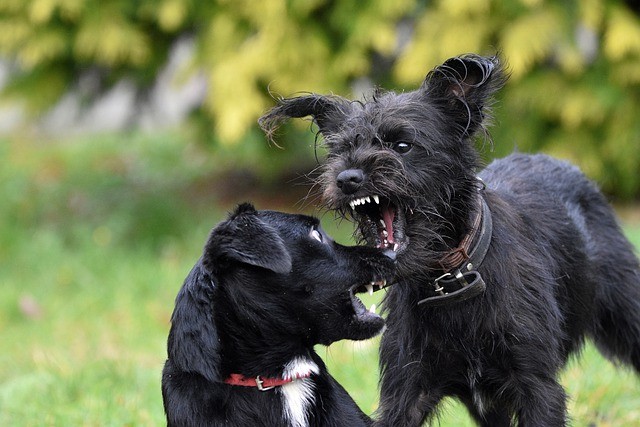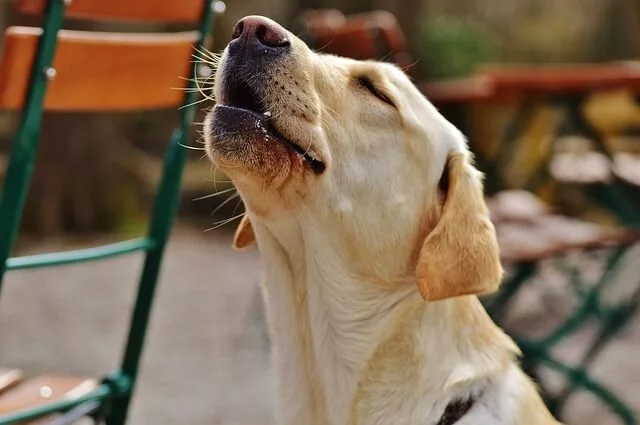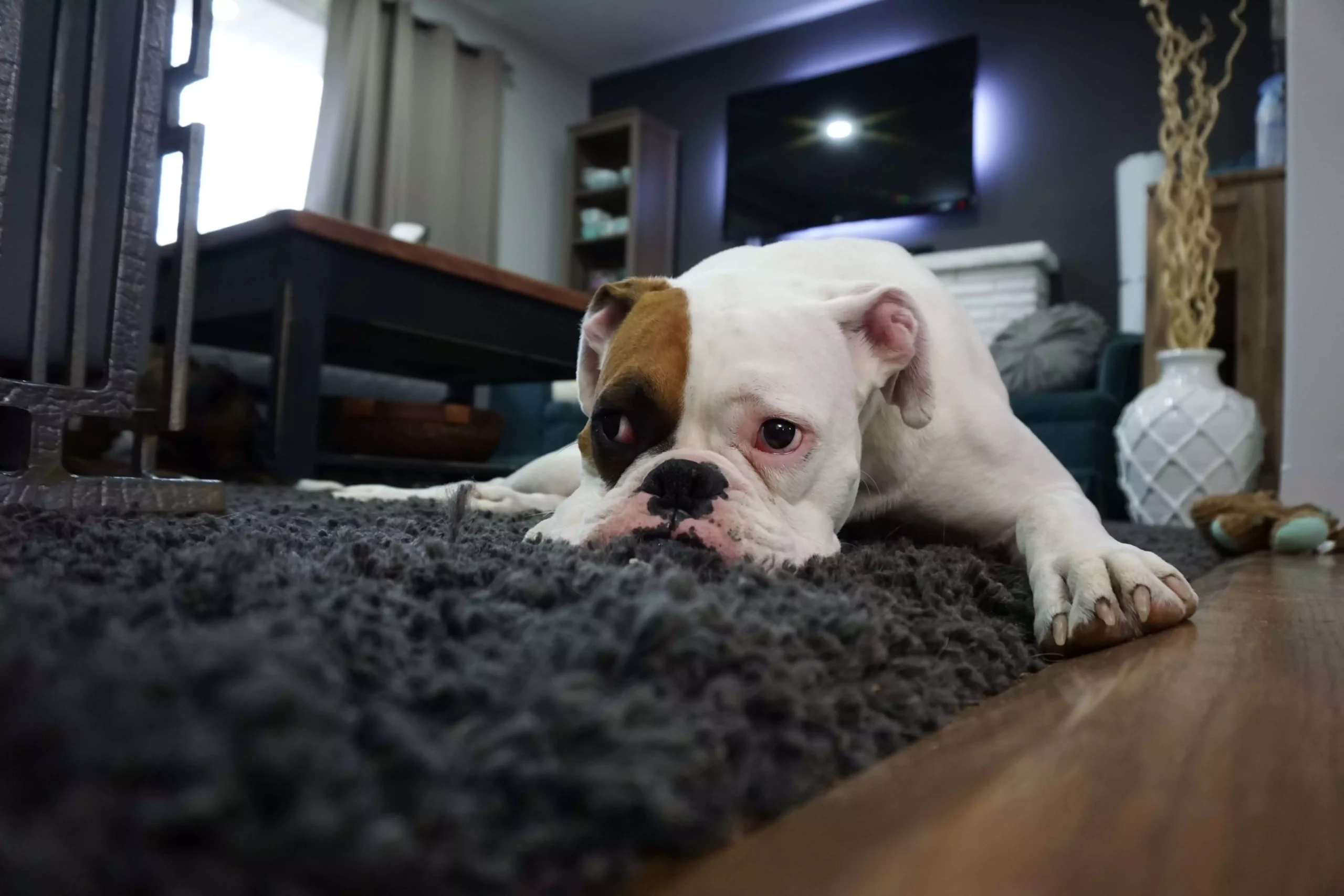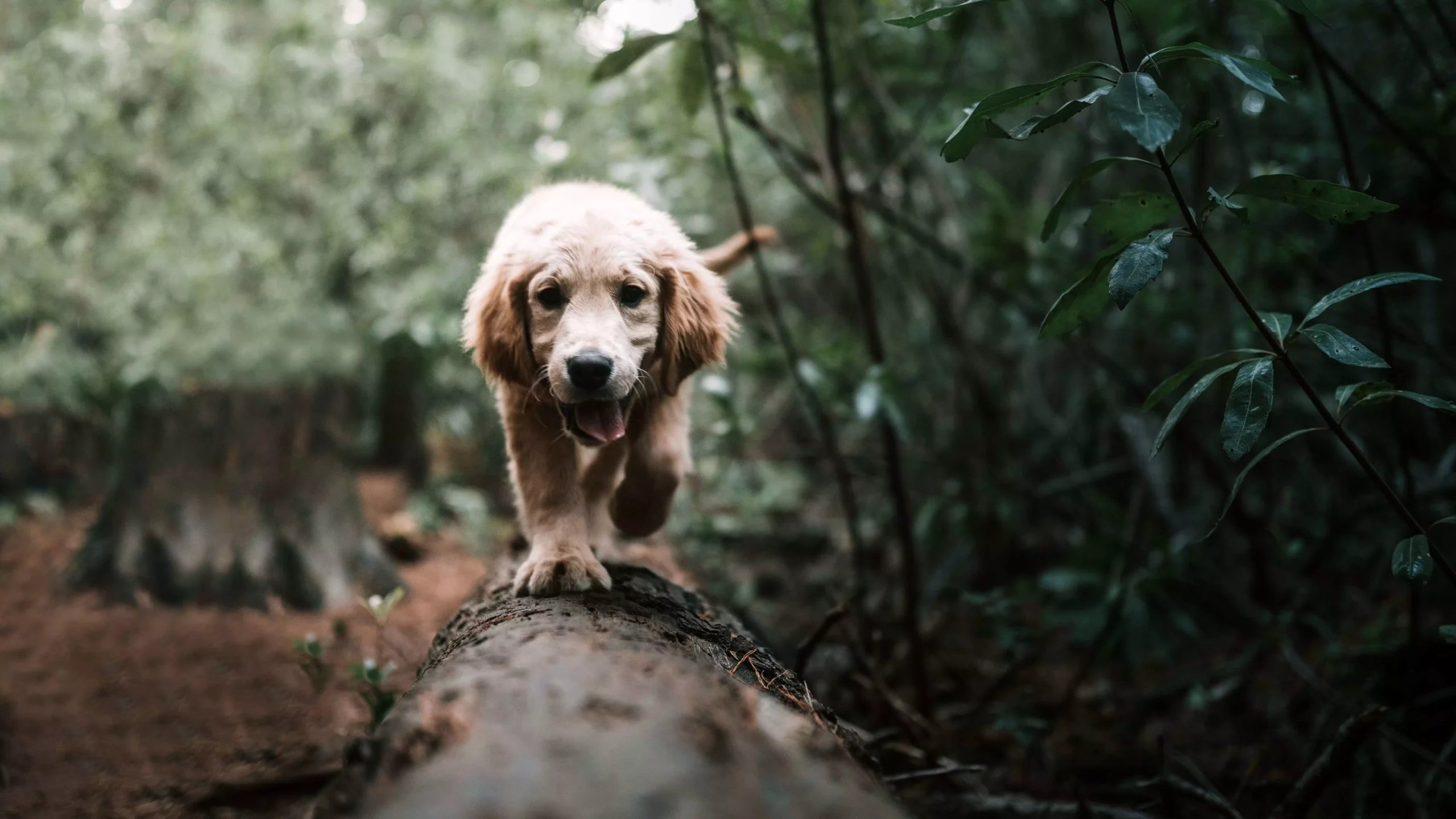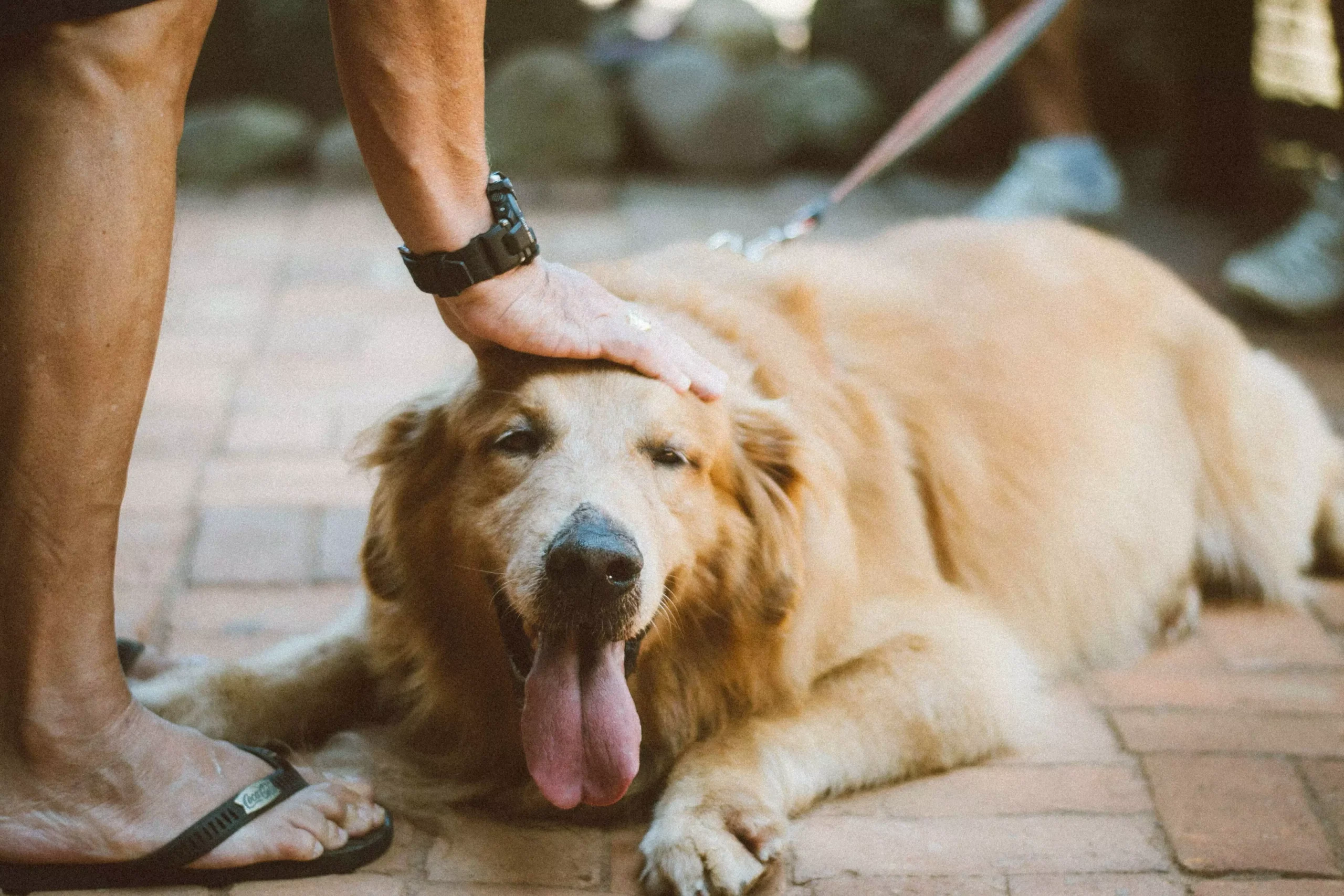Living with an anxious dog can be challenging, but with the right approach, you can help your furry friend find a sense of calm and security. One effective way to achieve this is by establishing a calming and predictable routine. Dogs, like humans, thrive on routine and structure, which can significantly reduce their anxiety levels and improve their overall well-being. In this article, we will explore some practical tips and strategies to help you create a routine that will bring comfort and stability to your anxious pup.
Understanding Canine Anxiety
Before delving into the steps for establishing a routine, it is important to understand the signs and symptoms of canine anxiety. Some common signs of anxiety in dogs include excessive barking, destructive behavior, pacing, restlessness, excessive panting, trembling, and aggression. If you notice any of these behaviors in your furry companion, it’s crucial to consult with a veterinarian to rule out any underlying health issues and discuss appropriate treatment options.
The Importance of Routine for Anxious Dogs
Anxiety in dogs often stems from a lack of predictability and uncertainty in their daily lives. Establishing a routine can provide a sense of security and stability, reducing anxiety levels significantly. A predictable routine helps dogs understand what to expect, providing them with mental and emotional comfort. When dogs know what comes next, they are less likely to feel stressed or overwhelmed, leading to a more balanced and relaxed state of mind.
Creating a Calming Routine for Your Anxious Pooch
1. Consistent Meal Times: Dogs thrive on regular meal times. Establish specific feeding times and stick to them. This routine will not only create predictability but also help regulate your dog’s digestive system.
2. Designated Exercise Sessions: Regular exercise is essential for a dog’s overall well-being and can be particularly beneficial for anxious pups. Set aside dedicated time for exercise, whether it’s a brisk walk, a game of fetch, or an interactive play session. Consistency in exercise will help burn off excess energy and promote a sense of calmness.
3. Scheduled Bathroom Breaks: Just like meal times, establishing a routine for bathroom breaks is crucial. Take your dog out at consistent intervals throughout the day, including first thing in the morning, after meals, and before bedtime. This routine will not only prevent accidents but also provide your pup with a sense of predictability.
4. Calm and Quiet Time: Create a designated space in your home where your anxious dog can retreat to when they need a break. Make this area comfortable and quiet, with their bed, toys, and blankets. Encourage your pup to spend time in this area during specific periods of the day, allowing them to relax and recharge.
5. Training and Mental Stimulation: Dogs, especially anxious ones, benefit greatly from mental stimulation. Incorporate short training sessions into your routine to keep your dog’s mind engaged. Teach them basic commands, engage in interactive puzzle toys, or try scent games to provide mental exercise and promote a sense of accomplishment.
6. Bedtime Ritual: Establish a consistent bedtime routine that signals to your dog that it’s time to wind down. This can include a calming walk, followed by a soothing grooming session or massage. Create a peaceful environment in your dog’s sleeping area, with dim lighting and comfortable bedding, to help them relax and prepare for a restful night’s sleep.
FAQs – Frequently Asked Questions
1. Can a routine really help my anxious dog? – Yes, a routine can significantly reduce anxiety levels in dogs. It provides predictability and stability, which are essential for their mental well-being.
2. How long will it take for my dog to adjust to a new routine? – Every dog is different, but it usually takes a few weeks for dogs to adapt to a new routine. Be patient and consistent, and gradually, your furry friend will become accustomed to the changes.
3. What if my schedule changes frequently? – If your schedule is unpredictable, try to establish a flexible routine that can accommodate changes. Focus on maintaining consistency in meal times, exercise, and bathroom breaks, as these are the key elements that provide the most stability for your dog.
4. Should I consult a professional trainer or behaviorist for my anxious dog? – If your dog’s anxiety persists or is severe, it is advisable to seek guidance from a professional trainer or animal behaviorist. They can provide tailored advice and techniques to address your dog’s specific needs.
Remember, every dog is unique, and it may take some trial and error to find the perfect routine for your anxious pup. Be patient, observe your dog’s behavior closely, and make adjustments as needed. With time, dedication, and a consistent routine, you can help your furry friend find the peace and stability they deserve.

